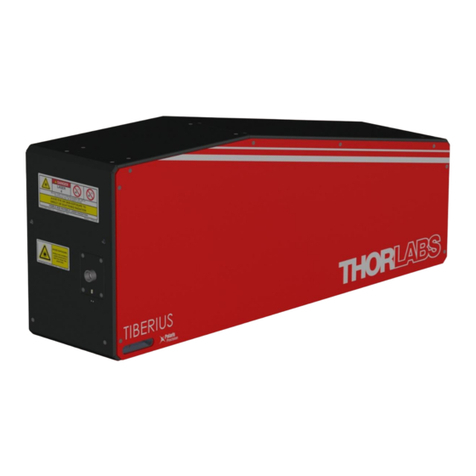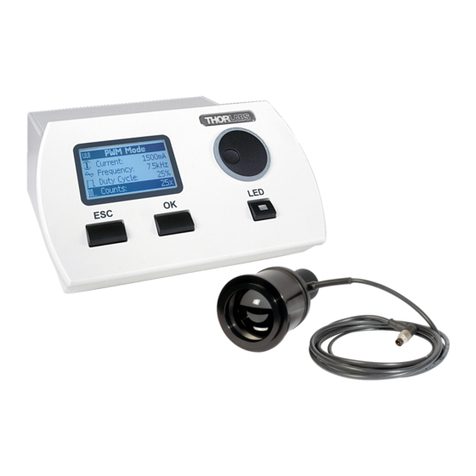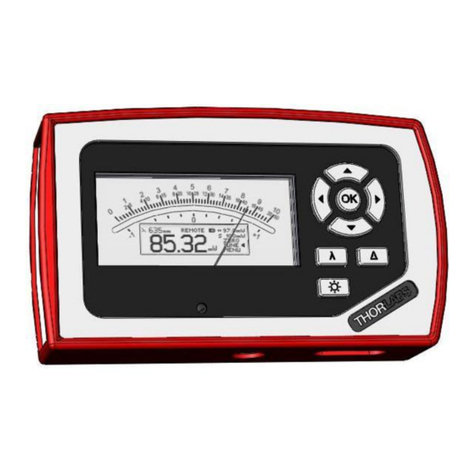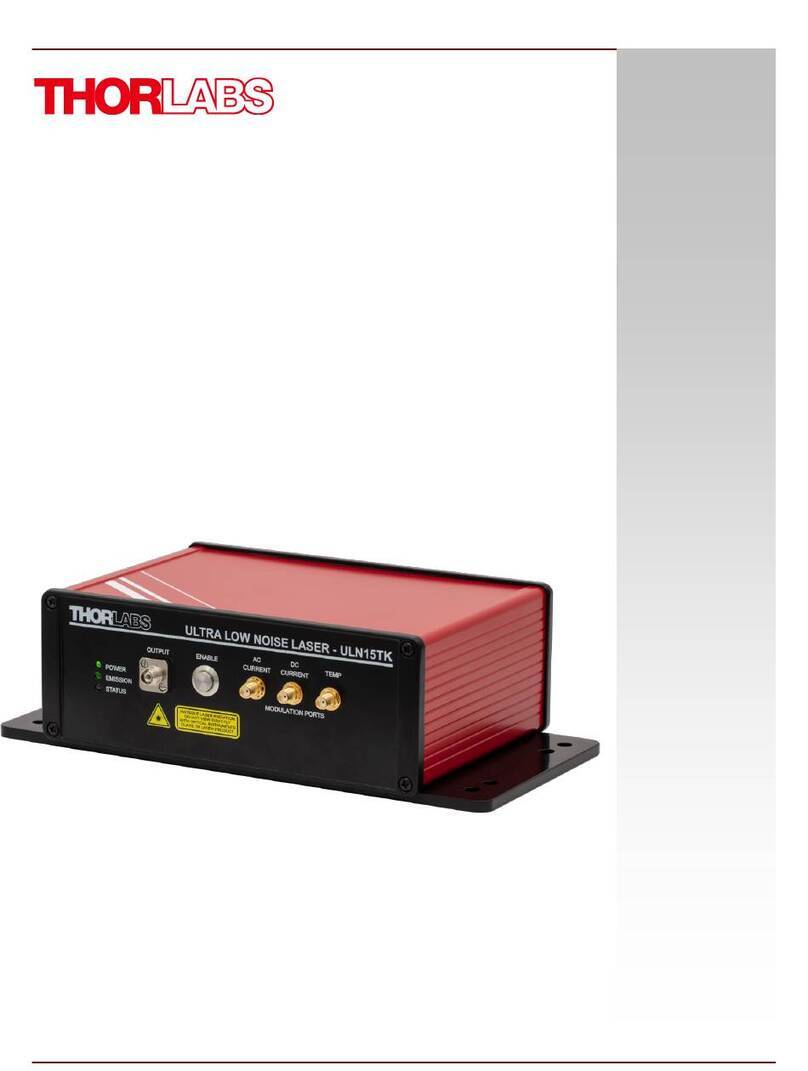THORLABS ERM100 User manual
Other THORLABS Measuring Instrument manuals
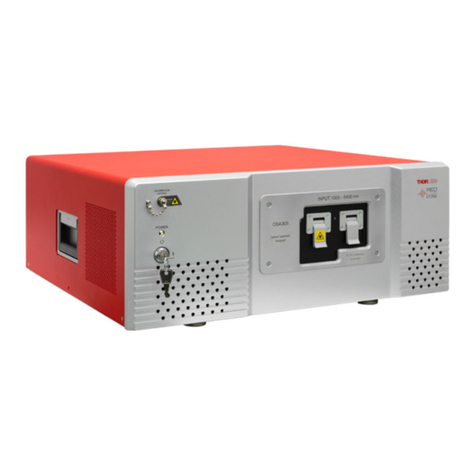
THORLABS
THORLABS Redstone OSA305 User manual
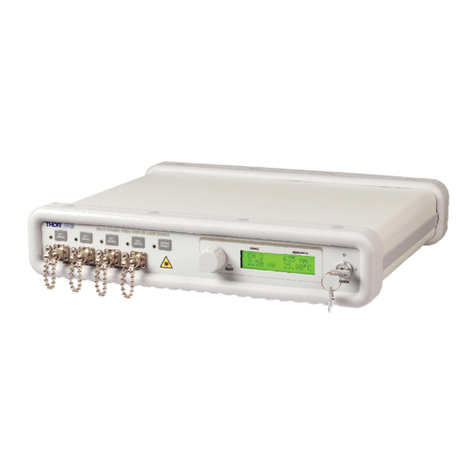
THORLABS
THORLABS MCLS Series User manual
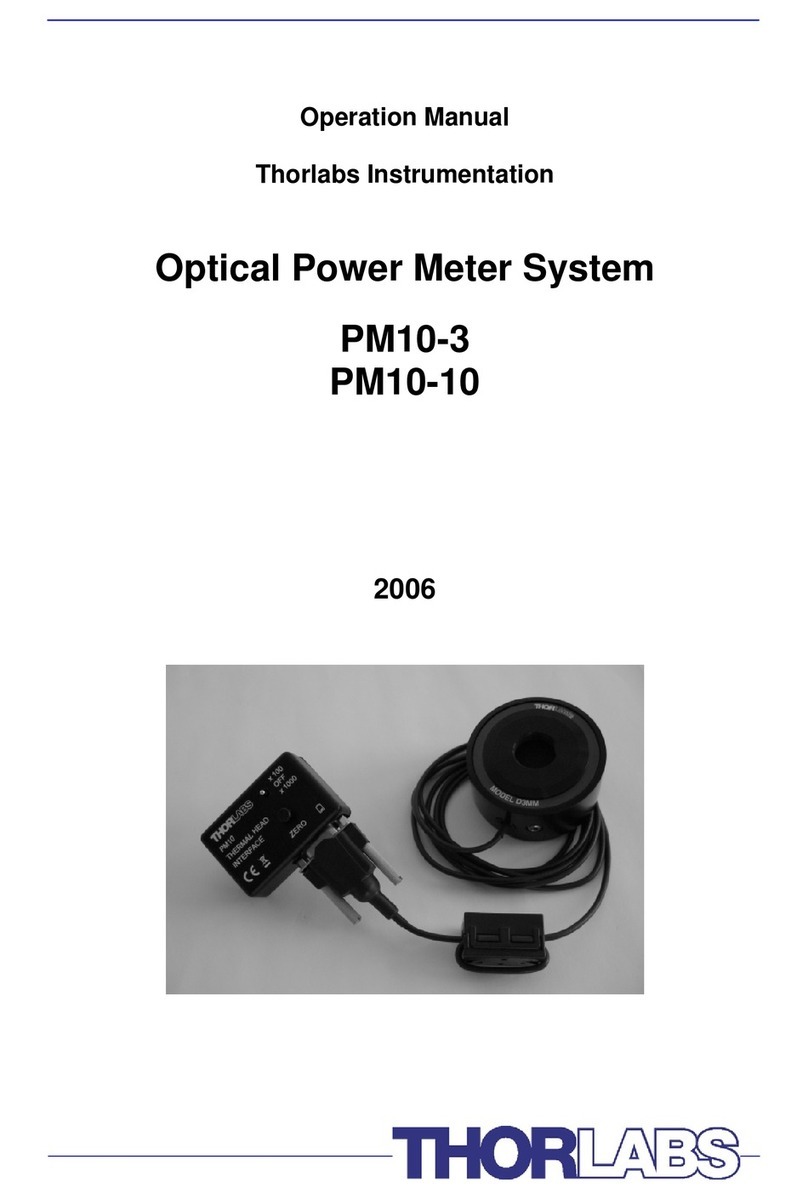
THORLABS
THORLABS PM10-3 User manual
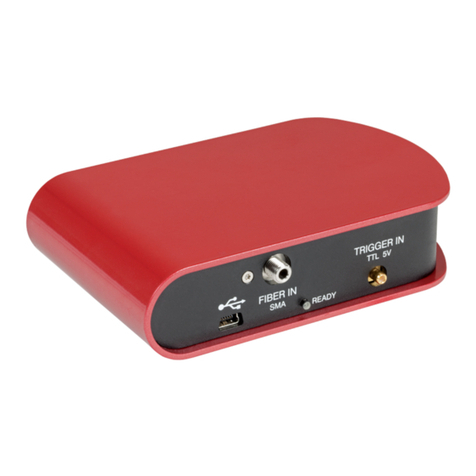
THORLABS
THORLABS CCS Series User manual
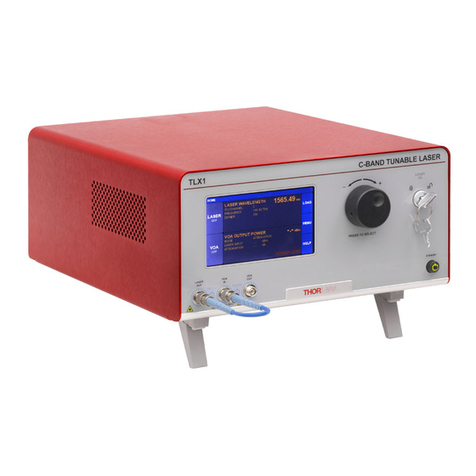
THORLABS
THORLABS TLX1 User manual
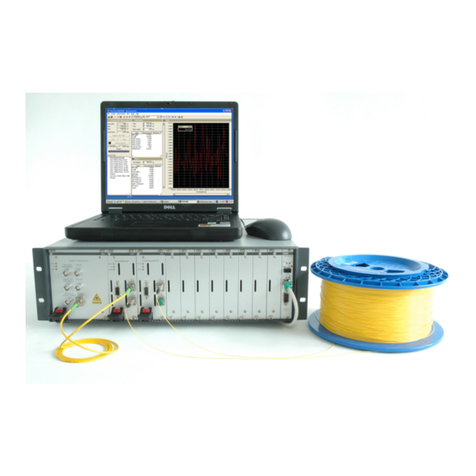
THORLABS
THORLABS PMD5000 User manual
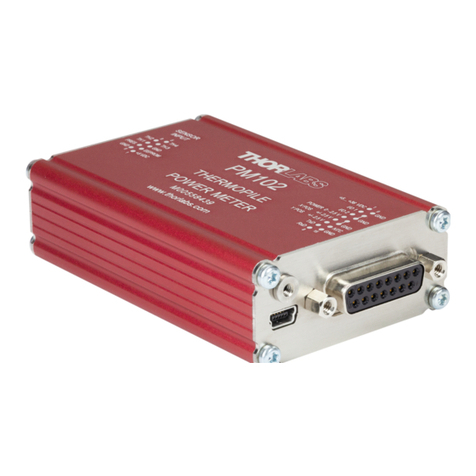
THORLABS
THORLABS PM102 User manual

THORLABS
THORLABS CCS Series User manual
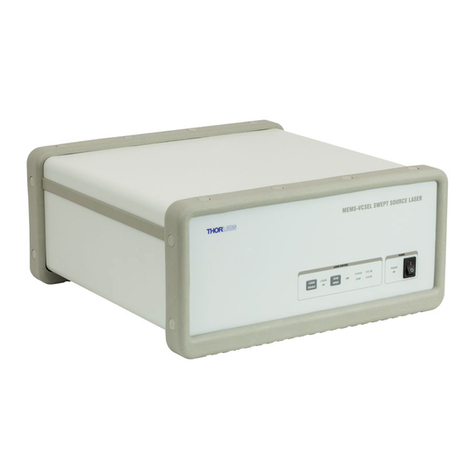
THORLABS
THORLABS SL1310V1 Series User manual
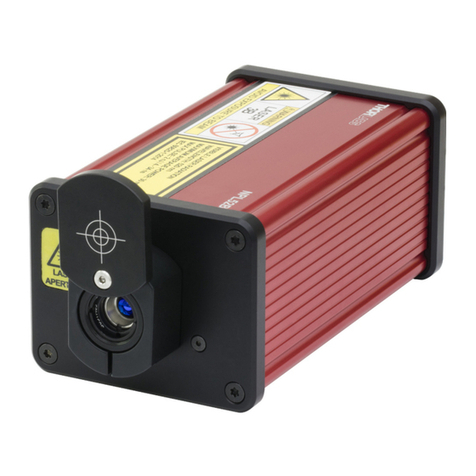
THORLABS
THORLABS NPL Series User manual

THORLABS
THORLABS CC6000 User manual
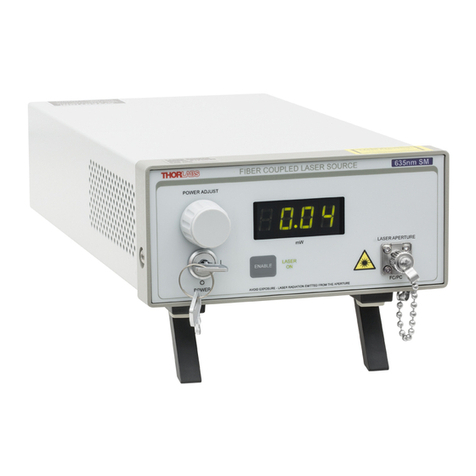
THORLABS
THORLABS S1FC635 User manual

THORLABS
THORLABS HTPS User manual
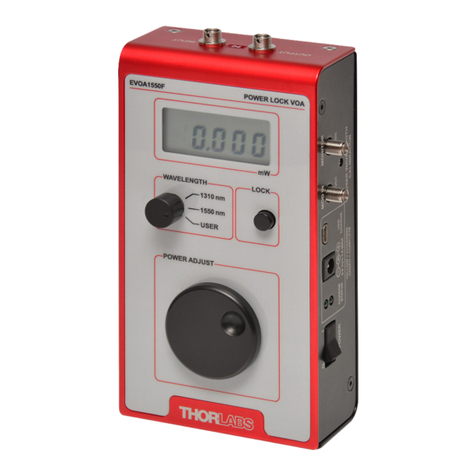
THORLABS
THORLABS EVOA1550F User manual
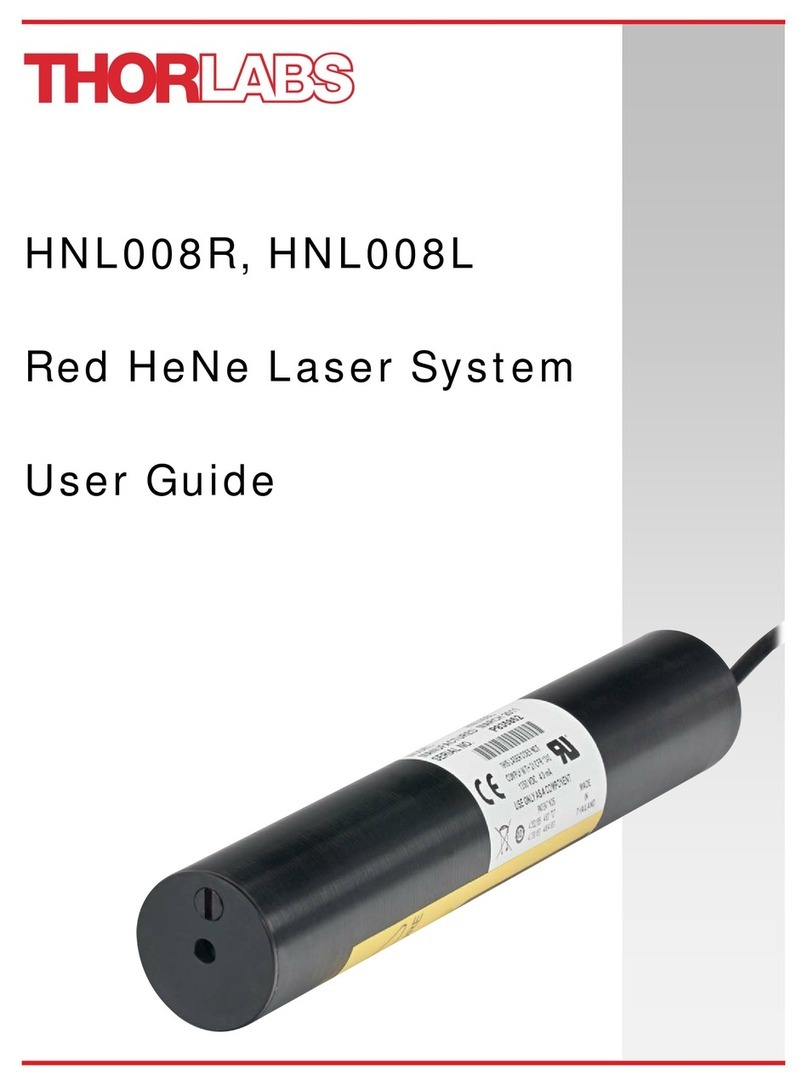
THORLABS
THORLABS HNL008R User manual
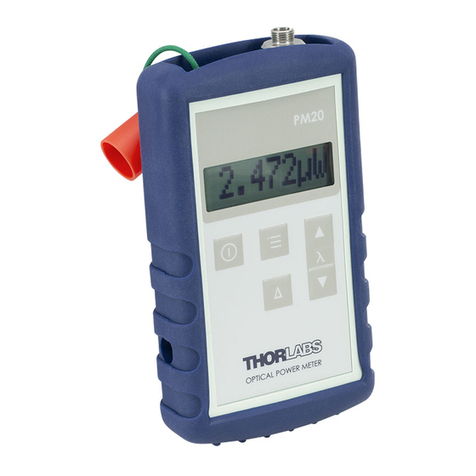
THORLABS
THORLABS PM20 Series User manual

THORLABS
THORLABS PM100 User manual
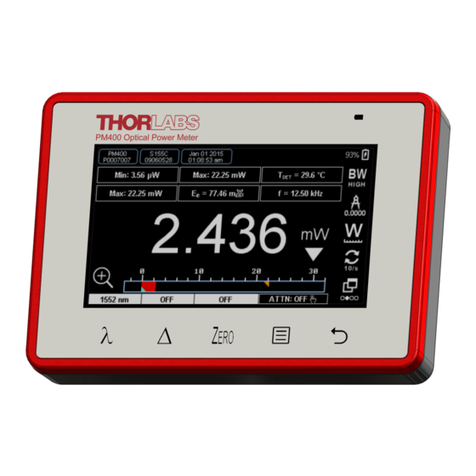
THORLABS
THORLABS PM400 User manual
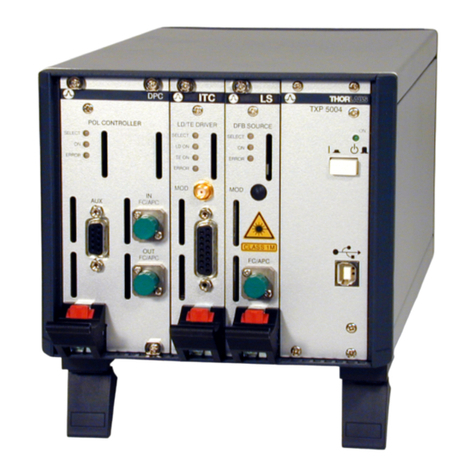
THORLABS
THORLABS TXP5004 User manual

THORLABS
THORLABS LTS150 User manual
Popular Measuring Instrument manuals by other brands

Powerfix Profi
Powerfix Profi 278296 Operation and safety notes

Test Equipment Depot
Test Equipment Depot GVT-427B user manual

Fieldpiece
Fieldpiece ACH Operator's manual

FLYSURFER
FLYSURFER VIRON3 user manual

GMW
GMW TG uni 1 operating manual

Downeaster
Downeaster Wind & Weather Medallion Series instruction manual

Hanna Instruments
Hanna Instruments HI96725C instruction manual

Nokeval
Nokeval KMR260 quick guide

HOKUYO AUTOMATIC
HOKUYO AUTOMATIC UBG-05LN instruction manual

Fluke
Fluke 96000 Series Operator's manual

Test Products International
Test Products International SP565 user manual

General Sleep
General Sleep Zmachine Insight+ DT-200 Service manual
